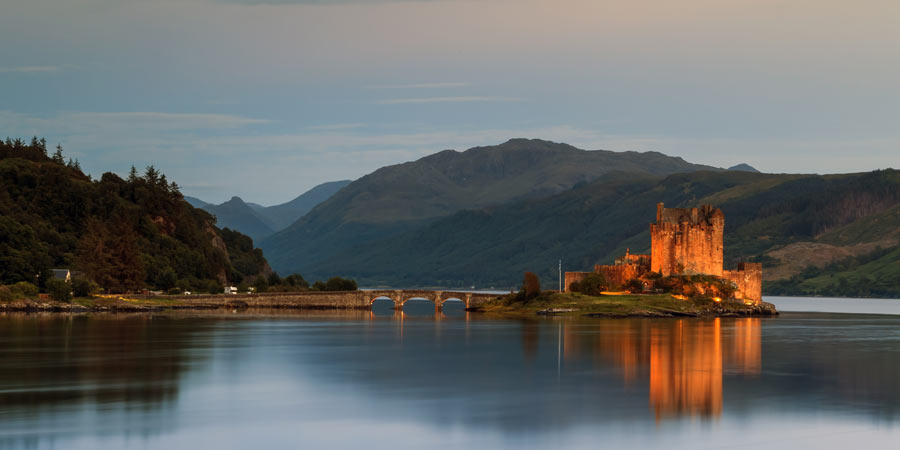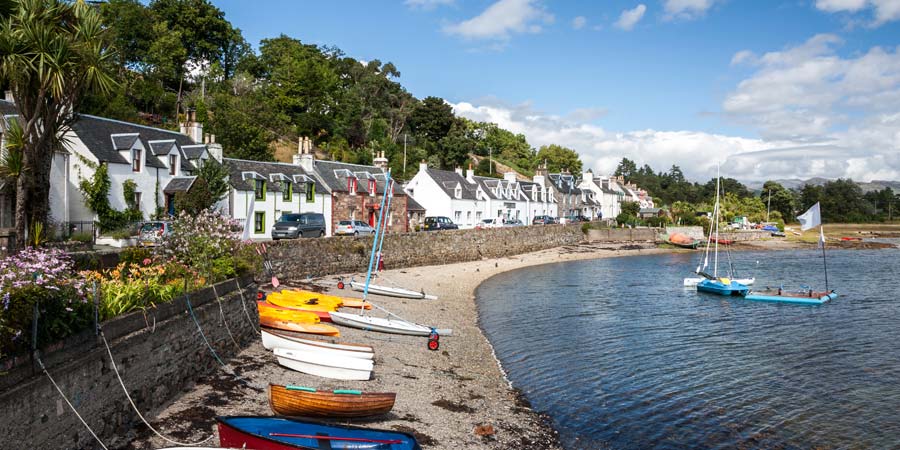3 results matching: The Kyle Line
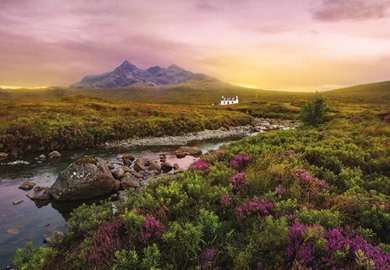
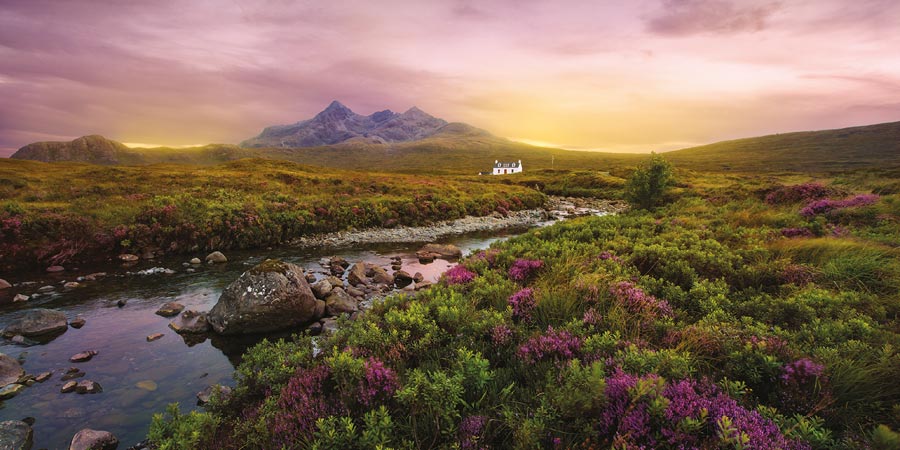
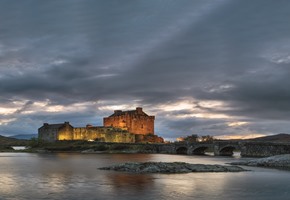
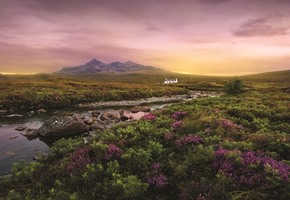
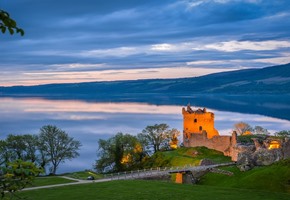
 (553 reviews)
(553 reviews)Majestic lochs, glorious glens and a rich tapestry of history await as we explore Edinburgh and cross the Highlands. Travelling on the scenic West Highland and Kyle railway lines, we discover ancient castles, sail across glimmering lochs, and stay in historic cities. Wander the fascinating streets of Edinburgh, stand at the foot of...
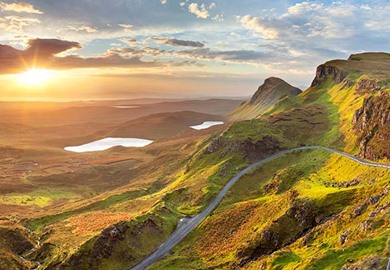
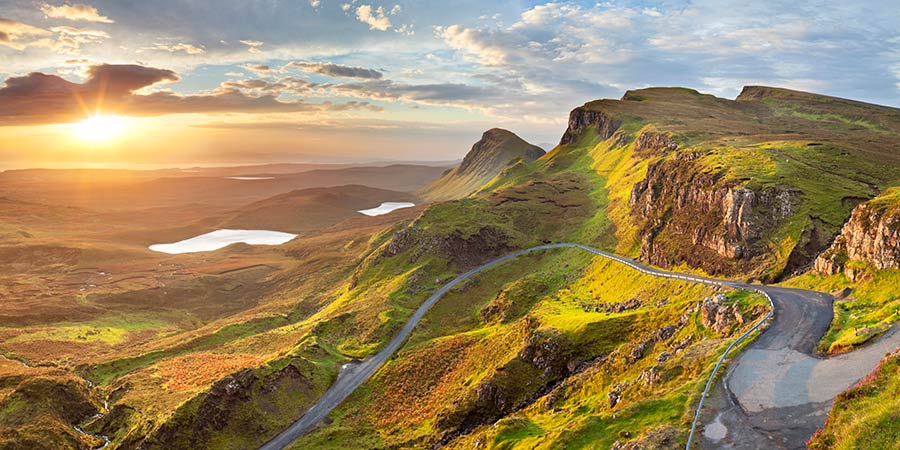
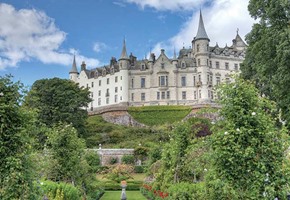
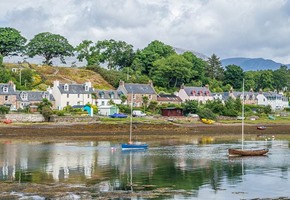
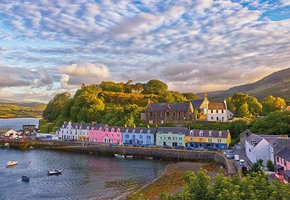
 (88 reviews)
(88 reviews)Let the rugged beauty of Scotland capture your heart on this seven-night holiday. Starting in Glasgow, journey through stunning landscapes to Scotland's mystic north. Tour the Orkney Islands and discover ancient Neolithic sites including Skara Brae and marvel at the beauty of the great houses of the northern Highlands, Dunrobin and Dunvegan...
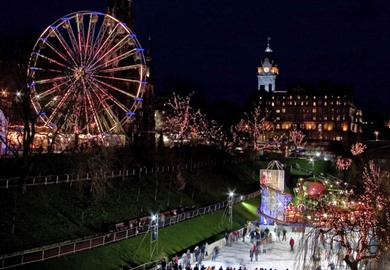
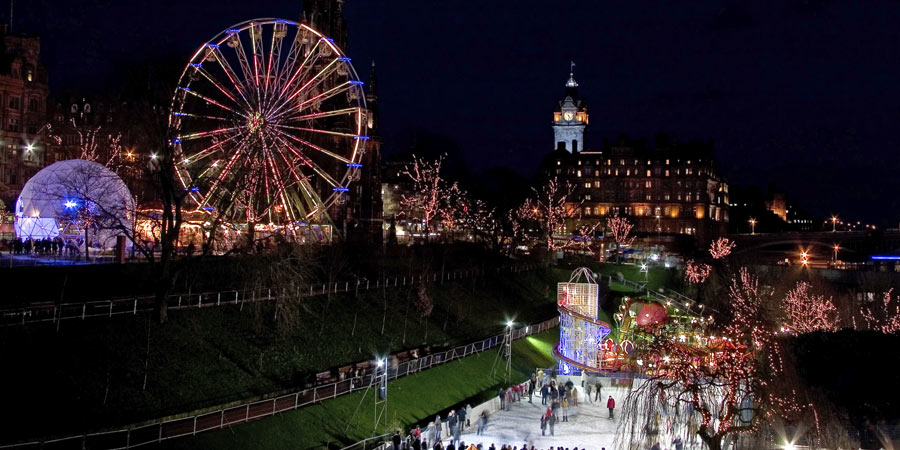
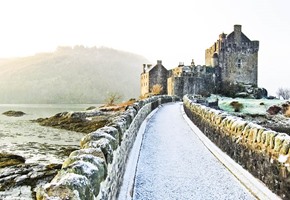
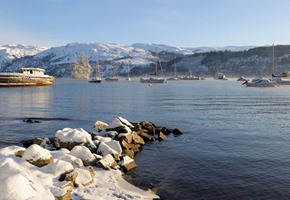
 (28 reviews)
(28 reviews)Make it a truly merry Christmas on this festive Scotland holiday. Celebrate in Inverness with hearty food, warming drinks, traditional entertainment and seasonal cheer. Explore Edinburgh, aglow with Christmas spirit, travel through winter scenery aboard the heritage Kyle Line and visit legendary Loch Ness, home to the mysterious Nessie. ...

